-
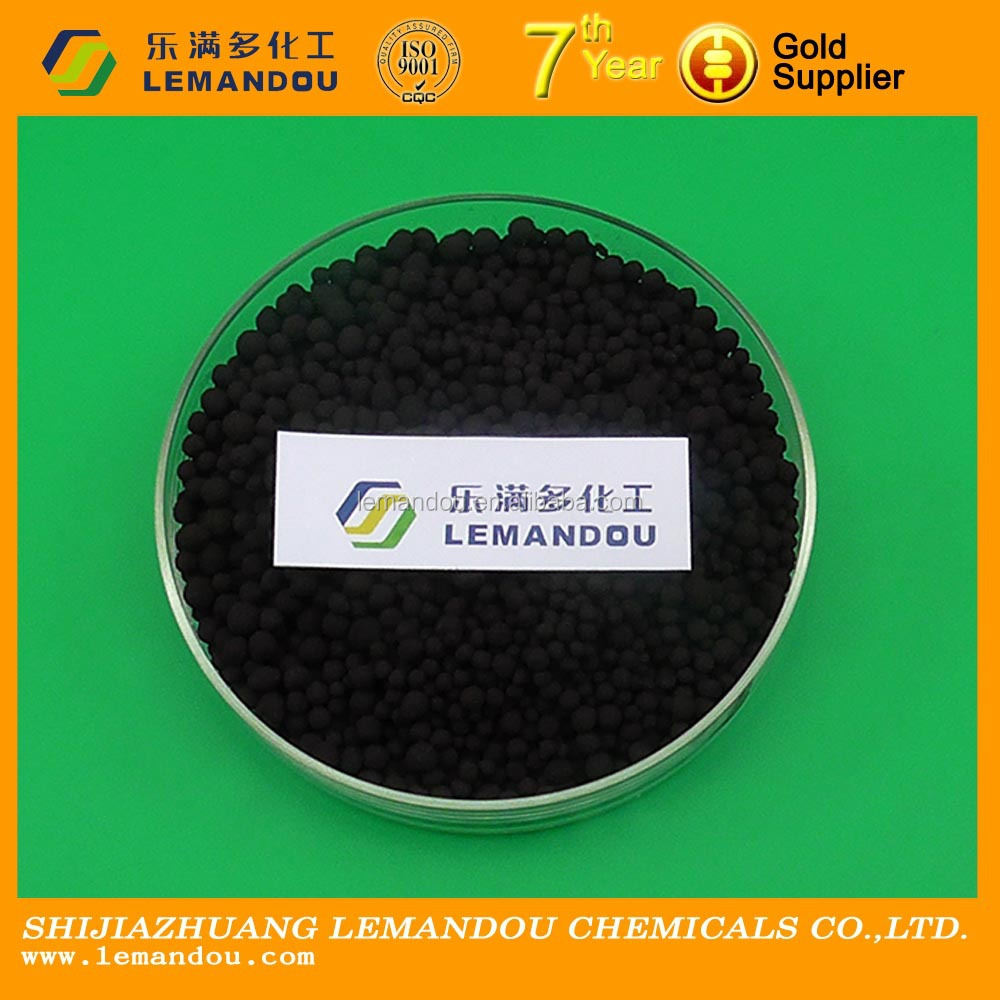
Effect and efficacy of humic acid on plants
Humic acid is a natural organic fertilizer with a variety of beneficial effects and effects on plant growth, which are described in detail below: Improve soil structure. Humic acid can react with clay minerals in soil to form organic-inorganic complex, increase the soil’s aggregate structur...Read more -
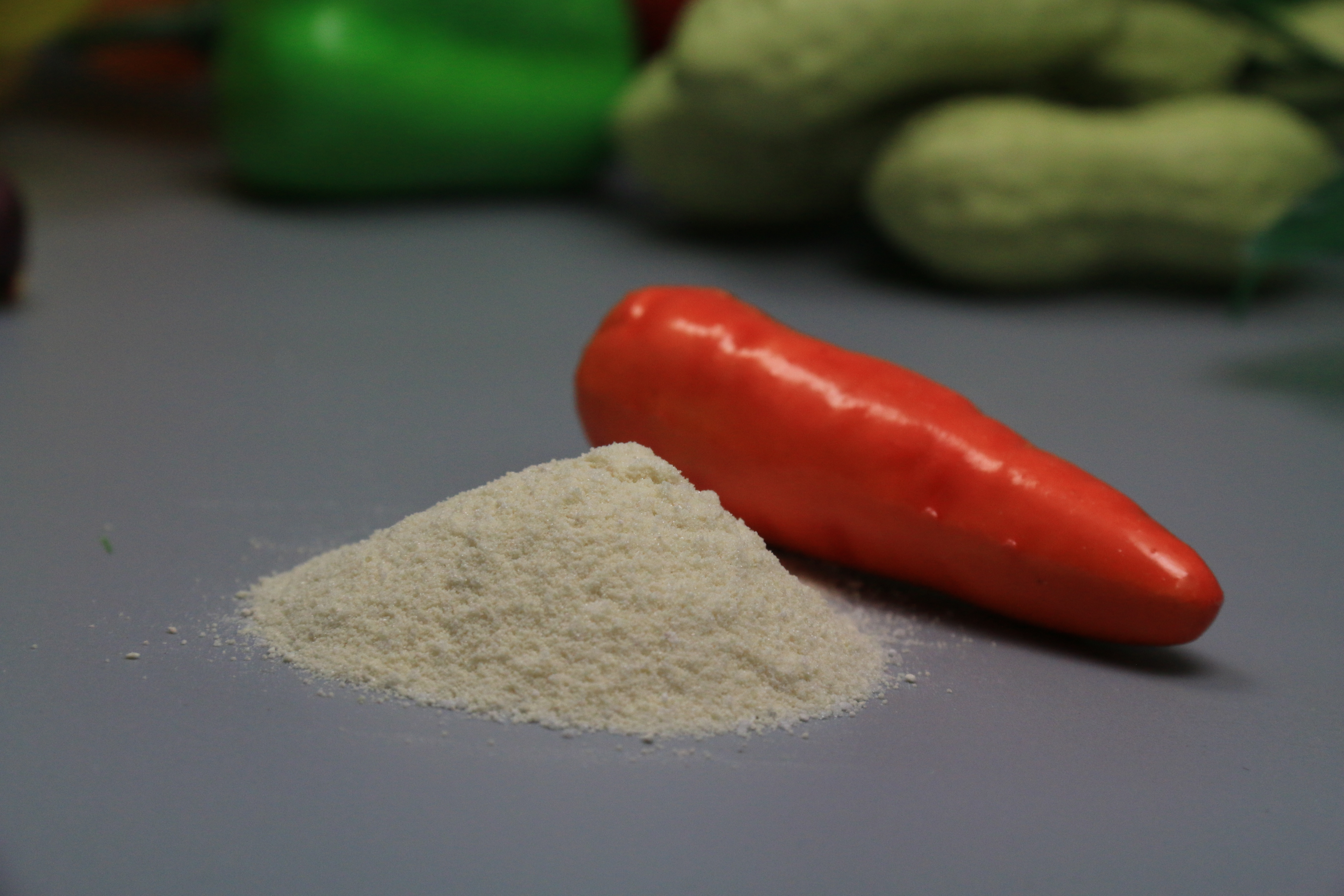
Indoleacetic acid explanation notes
Indoleacetic acid is an organic substance. Pure products are colorless leaf crystals or crystalline powders. It turns rosy when exposed to light. Melting point 165-166℃ (168-170℃). Soluble in anhydrous ethanol, ethyl acetate, dichloroethane, soluble in ether and acetone. Insoluble in benzene, tol...Read more -

A detailed introduction to polybulobuzole
Polybulozole is a triazole plant growth regulator developed in the 1980s, and is an inhibitor of endogenous gibberellin synthesis. It can also increase the activity of rice indoleacetic acid oxidase and reduce the endogenous IAA level of rice seedlings. The top growth advantage of rice seedling w...Read more -
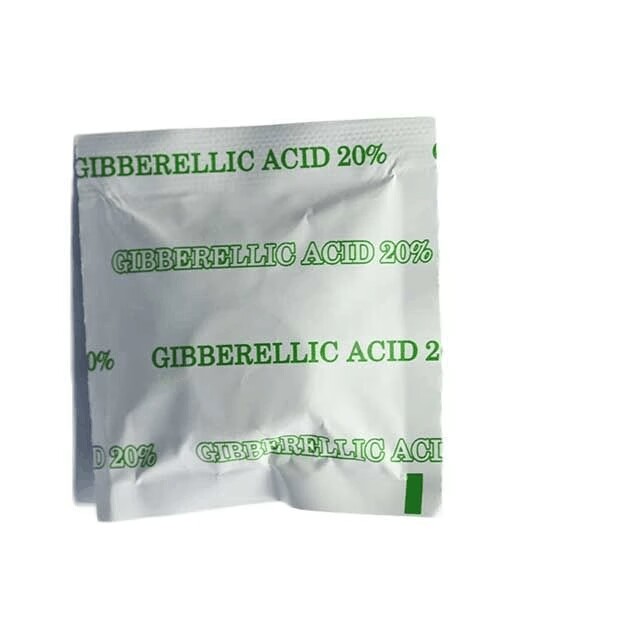
Effects of gibberellin on plants
gibberellins (GAs) is a kind of plant hormone which is essential for plant growth and development and has many physiological effects. The following are the main effects of gibberellin on plants: Promote germination. Gibberellin can break the dormant period of plant seeds and promote seed germinat...Read more -
The 24th China International Agrochemical and Plant Protection Exhibition
March 13, the 24th China International Agrochemicals and Plant Protection Exhibition (CAC2024) was held at the National Convention and Exhibition Center (Shanghai). The 14th China International New Fertilizer Exhibition (FSHOW2024) was also held at the same time. Six countries Chemical (600470) c...Read more -
CAC 2024, 13-15 March Shanghai Booth No. 12B19
Welcome everyone to the Shanghai CAC exhibition, the staff is waiting for your arrival. If you have any need, please feel free to consult us at any time.Read more -
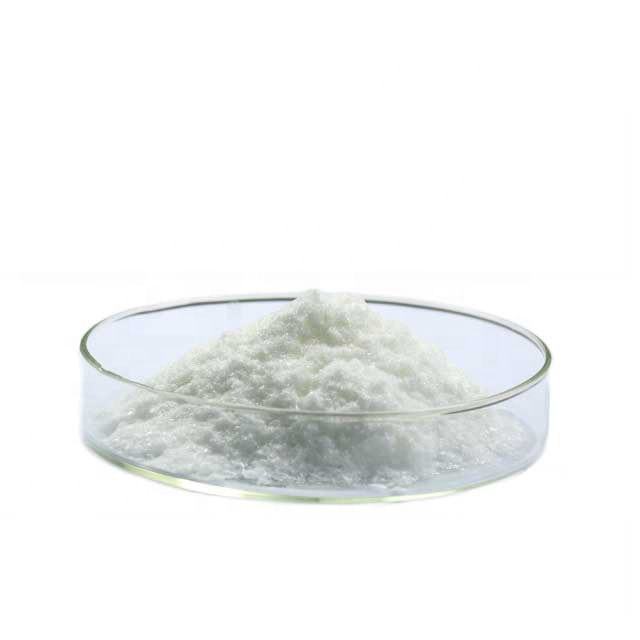
Synthetic Plant Growth Regulator Cytokinin Hormone in Powder Form
Synthetic Plant Growth Regulator Cytokinin Hormone in Powder Form 6Benzyladenine (6-BA) CAS No. 1214-39-7 H.S Code : 29420000 Molecular Weight:225.25 Molecular: C12H11N5 Appearance: White cystal powder Purity: 99% min. Melting Point: 230-233 ºC Residue on Ignition: 0.5% max. Loss on Dring: 0.5% ...Read more -

Potassium humate
Potassium humate is a type of organic fertilizer derived from natural sources such as leonardite, lignite, or peat. It contains the potassium salt of humic acid, which is a natural component of soil organic matter. Here is a detailed introduction and overview of potassium humate and its applicati...Read more -

Seaweed Fertilizer
Seaweed fertilizer refers to using large algae growing in the ocean as raw materials. Through chemical, physical or biological methods, the active ingredients in the seaweed are extracted to make fertilizer and applied to plants as nutrients. It can promote plant growth and improve Yield and impr...Read more -
Major Agricultural Show in Egypt, Middle East and Africa The 9th International Exhibition&Conference for Agricultural Supplies
Major Agricultural Show in Egypt, Middle East and Africa The 9th International Exhibition&Conference for Agricultural Supplies TIMING & VENUE 26-28 February 2024”Agri Expo” 10:00 – 17:00 Daily Address: Green Desrt Hotel, 84 Alex Road, Cairo, Egypt Organic fertilizer: Seaweed Extract, Po...Read more -

Synthetic Plant Growth Regulator Cytokinin Hormone in Powder Form
6Benzyladenine (6-BA) CAS No. 1214-39-7 H.S Code : 29420000 Molecular Weight:225.25 Molecular: C12H11N5 Appearance: White cystal powder Purity: 99% min. Melting Point: 230-233 ºC Residue on Ignition: 0.5% max. Loss on Dring: 0.5% max. Cytokinins can be absorbed through germinating seeds, roots, s...Read more -
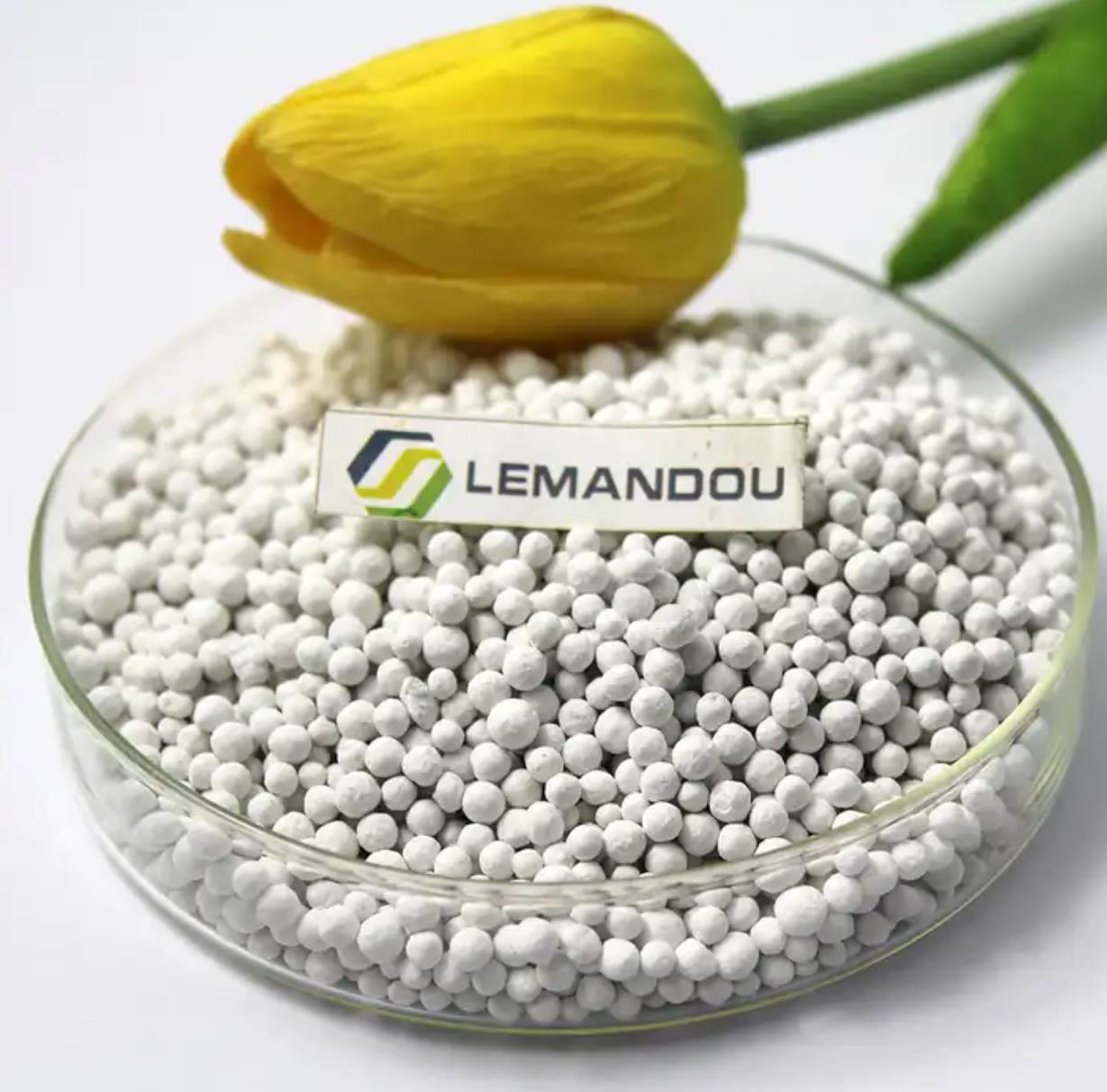
What are the differences between sulfur compound fertilizer and chlorine compound fertilizer?
The composition is different: the sulfur compound fertilizer contains low chlorine content, the national standard is less than 3%, and contains a lot of sulfur element, which can effectively improve the soil sulfur deficiency symptoms, while the chlorine-based compound fertilizer contains a lot o...Read more





